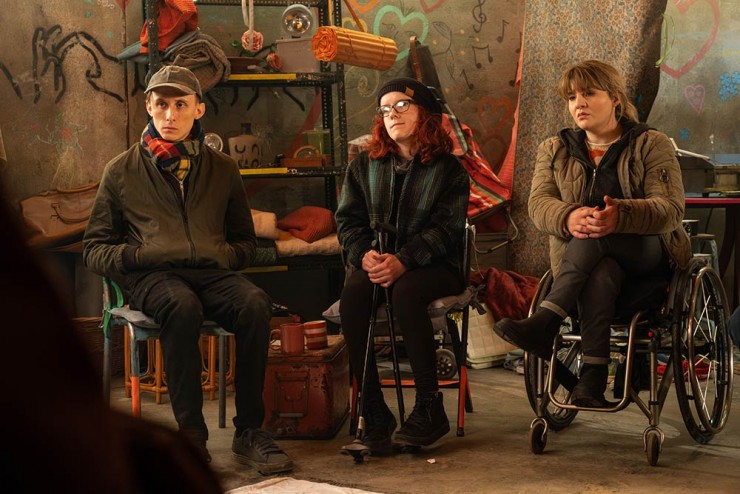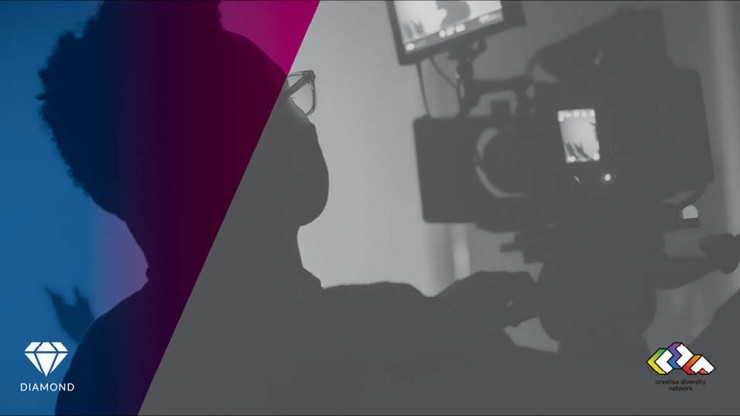TV is showing significant improvement in the diversity of its writers, but senior producer roles are becoming scarcer for all minority groups, according to the CDN’s latest Diamond Report.
Contributions of disabled people in the craft of writing grew from 3.5% in 2019/20 to 9.6% in 2022/23, with shows such as BBC1's Ralph and Katie and BBC2's Then Barbara Met Alan telling authentic disability-led stories with disabled casts and writers - while for people from BAME backgrounds rose from 6.5% to 13.2%.
Representation of disabled people in head of production roles was also up, from 6.8% in 2019/20 to 13.1% in 2022/23.
The figures, however remain below the UK workforce average of 17% and 15.2% respectively.
The findings come as the CDN announces it will expand its diversity monitoring to include religious beliefs – a touchpoint following the attacks of 7 October and the humanitarian crisis - and socio-economic backgrounds, which dominated discussion at the Edinburgh TV Festival.
Overall, off-screen disabled representation stood at 8% in the Diamond report, an improvement on the previous report’s 5.8%, while ethnic minority representation is up from 11.9% to 13.4%, with growth in entertainment, drama and comedy.
However, the report highlighted a widening gap of 1.1% between senior and non-senior roles within that 8% figure: representation in non-senior roles stood at 8.7% and among senior talent the figure is 6.7%.
“Disabled people clearly continue to face barriers to employment at all levels, which should be a priority for the whole industry to access,” said CDN chair Paul Moore, who said the industry should explore whether any measures that have helped to improve representation among writers could be applied in other roles.
The report also highlighted that while women are increasingly in heads of production roles – up from 84.4% to 87.8% - female series producers are becoming rarer, with representation falling from 55.4% to 41.2%.
Despite efforts to improve the gender balance of directors, women’s representation fell from 29% to 24.6% over the period, a figure described as “particularly concerning” by Directors UK.
“Change must be wholesale and intersectional for these figures to finally reflect our national workforce averages,” a spokesperson said.
“We need broadcasters to come together to make changes to their practices, creating paths of progression between their organisations that will lead to sustainable, supported careers.”



